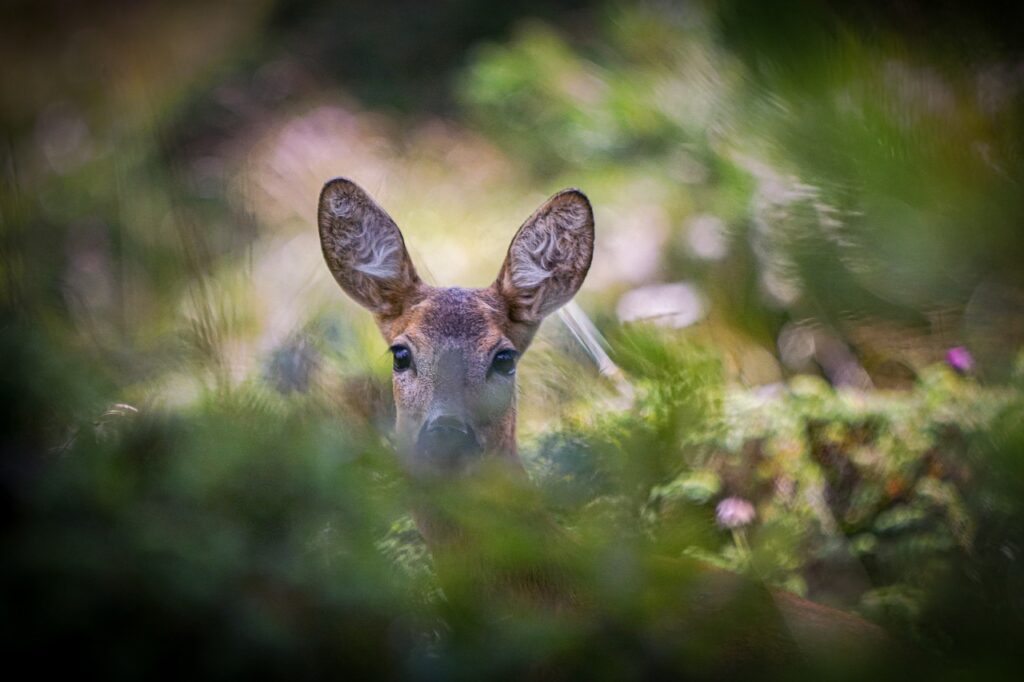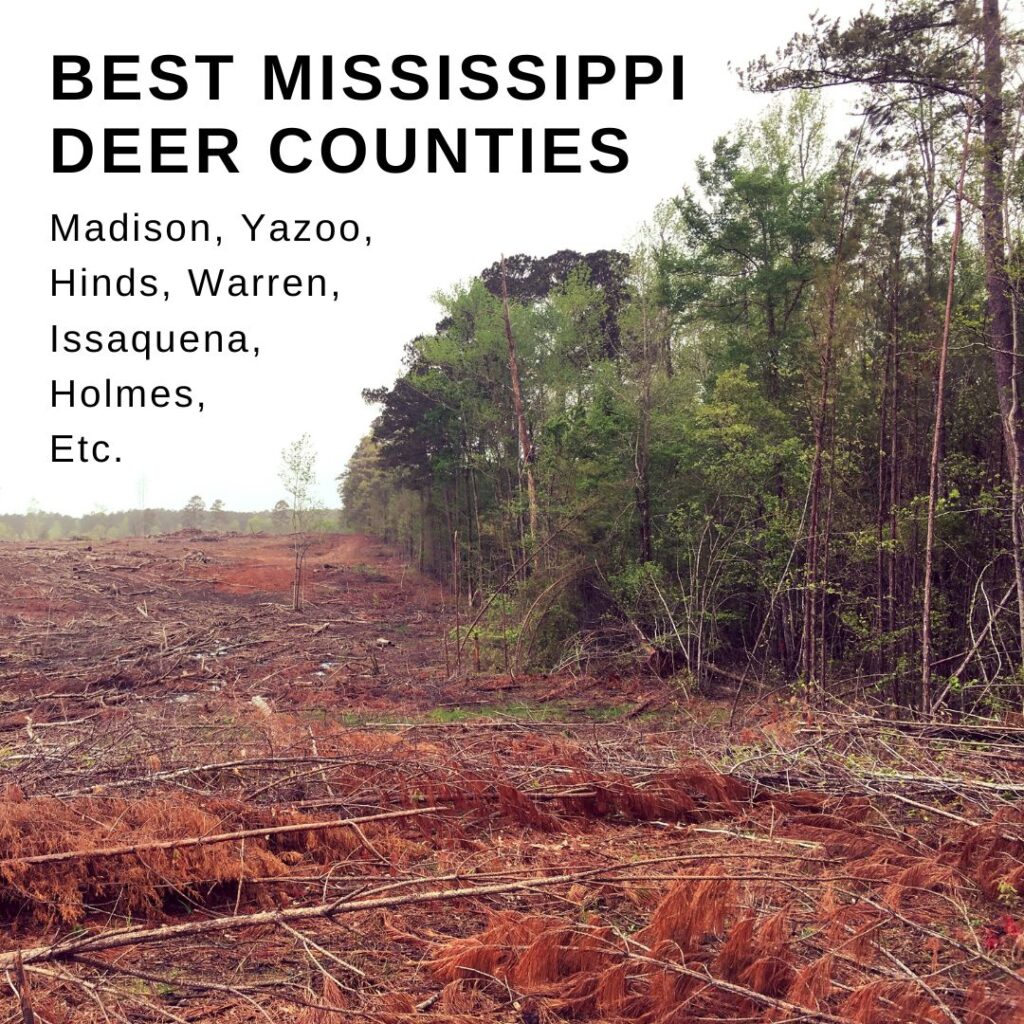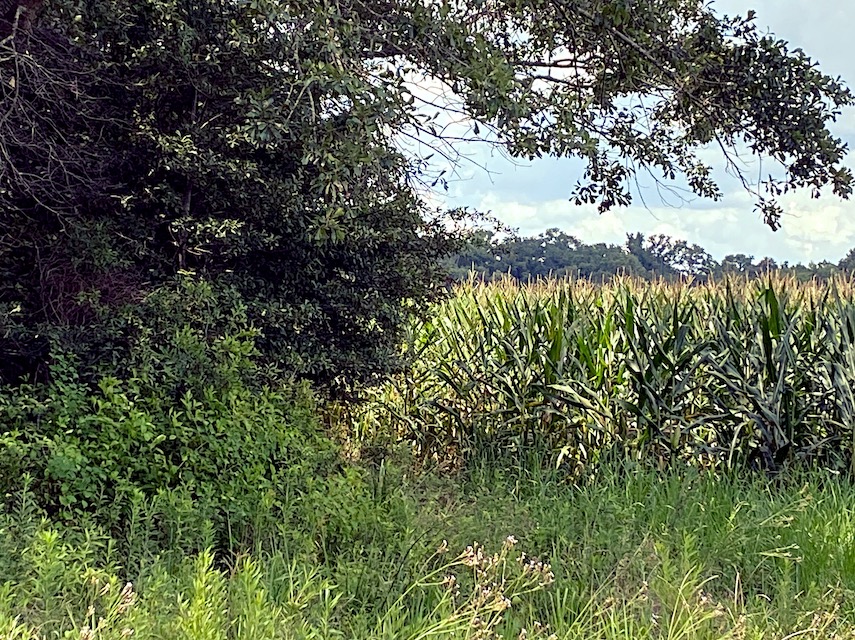If you put them out well ahead of time, pop up blinds won’t usually scare deer during the season. Putting a blind out in advance gives the local deer herd an opportunity to accept it as a part of their natural surroundings.
To further minimize the impact of pop up blinds, be sure to brush them in well.
If you deploy a pop up blind mid season, you’ll want to hide it as best that you can, so that you don’t spook deer with it’s presence.
Following are 8 tips that you can use to keep from scaring off your target buck this fall.
“Brushing” a blind in means to attach grass, tree limbs, or some other cover to help blend the blind into its surroundings.
8 Ways To Prevent Spooking Deer With A Pop Up Blind
- Put it out before the season
- Brush it in
- Keep the sun at your back
- Avoid a deer’s direct line of sight
- Wear black clothes
- Position it in the shade
- Keep most of the windows up
- Keep the wind in your face
1. Put Pop Up Blinds Out Early To Get Deer Used To Them
In an ideal world, you would leave a pop up blind out a good month ahead of deer season, to get them as used to it as possible. Even when putting a blind out in advance, I still prefer to tuck it into some kind of cover, and brush it in.
If you plan to bow hunt out of a blind, you will definitely need to consider placing it out well in advance of your hunt. When rifle hunting, you can position it further away from deer, and therefore advance placement is less critical.
2. Brush It In
Brushing a blind in definitely helps prevent alarming deer. Many times I’ve had deer stop to stare down a blind that I was in. That’s not to say that they always ran off, but they most certainly tried to verify that there was no danger inside of it. In contrast, I have tucked blinds into the edge of a bushy cedar, and brushed it in well. In those cases, the deer walk right by, totally oblivious of my presence.
Use vines, grass, bushes, or tree limbs to blend your hunting blind into the surrounding habitat. Try to purchase pop up blinds that have plenty of loops for sticking cover into. My primos blind has tons of attachment points for grass and limbs.
3. Keep The Sun At Your Back To Minimize Spooking Deer
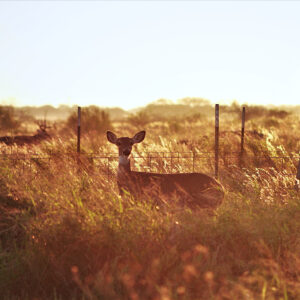
Unlike the scenario pictured above, whenever possible keep the sun behind you, not behind the deer. This allows for better shadowing inside the enclosure. If you’re facing the sun, it will light up the inside of your blind, and put you on full display for any onlooking deer.
4. Avoid A Deer’s Direct Line Of Sight
The very nature of a pop up blind puts you at eye level to deer. There’s no need to make the presence of the blind more obvious than it has to be. Avoiding direct line of sight helps minimize how many deer notice it.
When positioning a ground blind, just use some common sense. Think about where you expect deer to approach from, and position the blind to where their gaze is less likely to focus on it. That could mean setting up on the side of a hill, or maybe tucked into a tree line.
5. Wear Black Clothes Inside The Blind
Most hunting blinds have a pitch black interior, which creates a dark shadowy cave effect. You should wear black clothes, so that you blend into the darkness. It’s amazing what a difference wearing black clothes makes. Any bit of non-black really seems to stand out. Check out the clip below on how much you stick out when wearing regular camo in a deer blind.
6. Use Shade To Further Camouflage Your Blind
Besides tucking it away, and brushing it in, use shade to further conceal your blind from wary deer. Always attempt to keep the sun from shining directly on you. The more sunshine hitting the blind, the more concealment effort you have to go through.
7. Keep The Windows Up
Keeping as many windows as possible closed up really helps with concealment. Obviously there is a tradeoff that must be considered. The more windows you have up, the less visibility you have, but that means the deer have less visibility into the blind.
Some deer blinds offer replaceable shoot-through mesh window coverings. While my Primos blind has such a mesh layer, I usually leave it somewhat open. I find that I don’t like the decreased visibility when all the openings are closed off. Your preferences may vary.
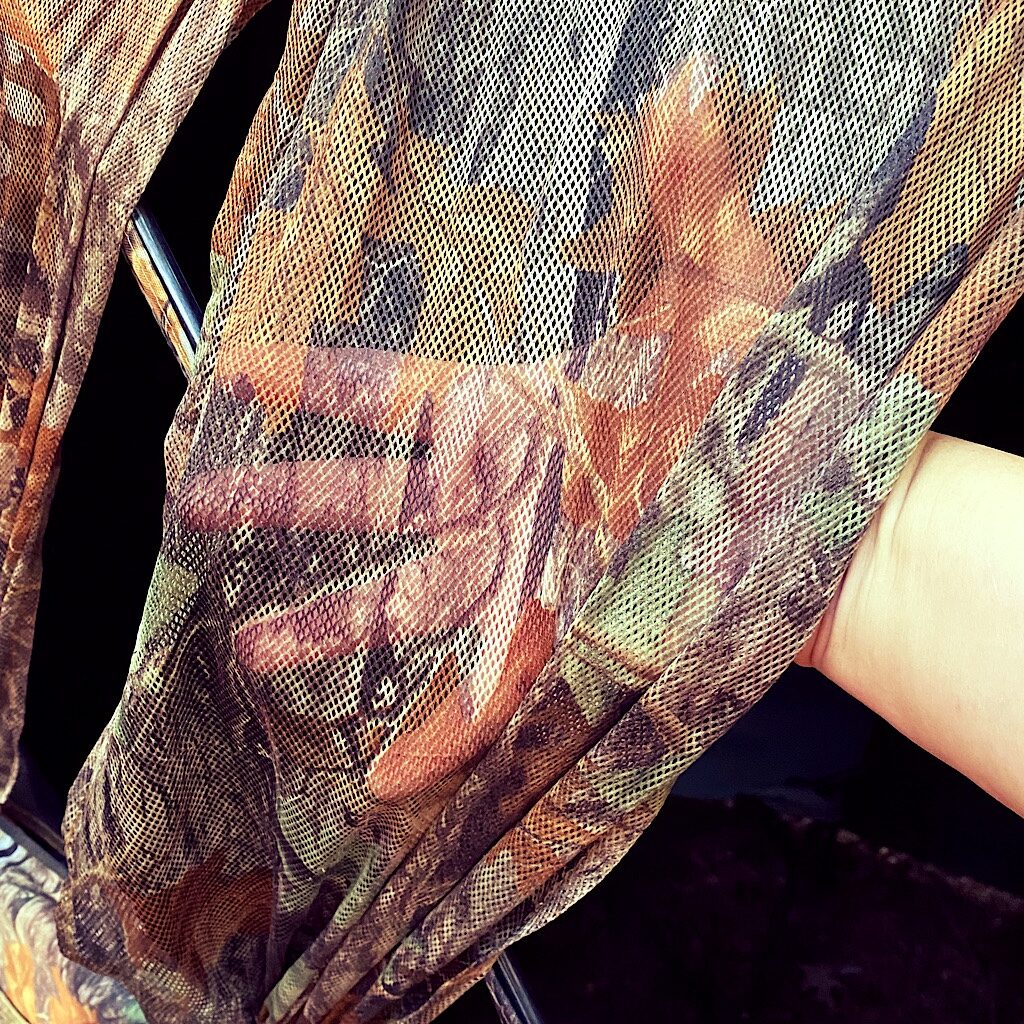
8. Keep The Wind In Your Face
Obviously you should hunt downwind of where you expect to see deer. This is especially important when hunting at ground level. There is less of an opportunity for thermals to take care of your scent when hunting on the ground, as opposed to high up in a tree. Being cognizant of the wind is critical – but you already know that.
Using Pop Up Blinds On Public Land
Using pop-up blinds on public land is a bit more challenging than on private land. Unfortunately, I don’t think leaving a pop up blind out on public land is a great idea, because of the risk of theft. Because you won’t have the advantage of the deer getting used to it, you’ll instead need to go through great lengths to blend your blind into the surroundings.
Although you usually can’t go chopping down a lot of material on public land, I still would try to brush in a blind as best I could.
Use whatever materials you can find lying around. The main thing you want to do is break up the outline of the roof. That’s what often sticks out like a sore thumb. If nothing else, sticking some grass on the roof and around the corners helps out.
Conclusion
In reality, sometimes pop up blinds spook deer, and sometimes they don’t. It’s always best to put a blind out well in advance of the hunt, when possible.
If the deer in your area are over-pressured and very spooky, you’re better off placing a blind amongst existing trees or bushes, then heavily brushing it in. I find that going to the extreme when adding concealing cover, goes a long way in not scaring deer.
If you hunt around lightly pressured deer, you may can get away with sticking a blind out in the open, but I still wouldn’t.
So, to answer the original question, YES, pop up blinds definitely do scare deer. However, you can use the 8 tips above to cut down on how many deer you alert when hunting from a ground blind.
Happy Hunting,
Augustus Clay

